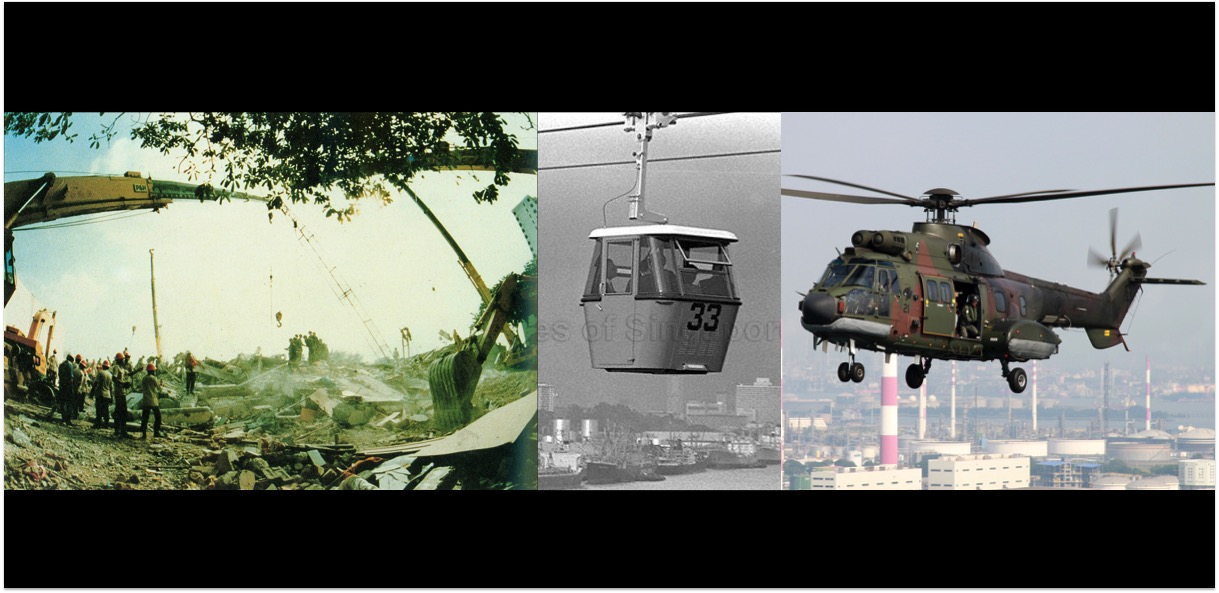January 29, 1983
Pritam Kaur clutched her close-to-two-year-old grandson, Tasvinder, in her arms as her cable car shook violently. A nearby oil drillship had been unmoored from its tugboat and its derrick had crashed into the Sentosa cable way.
As the cable car swayed wildly in the wind, the 60-year-old tried to steady herself. Suddenly, the car door jolted open. Without warning, she and the toddler fell out of the cable car and plunged 56m into the churning waters below. Out of the corner of her eye, Pritam could see her son Mahinder flailing about as he too hurtled towards the sea.
Both Pritam and Mahinder died that day. Only Tasvinder would miraculously survive.
[related_story]
Aside from Pritam and Mahinder, five other people lost their lives in what came to be known as the Sentosa cable car tragedy.
Another 13 were stranded in mid air when their cable cars were immobilised both water and land. These 13 were successfully rescued thanks to the Republic of Singapore Air Force (RSAF)'s search-and-rescue (SAR) squadron. However, it was not an easy mission.
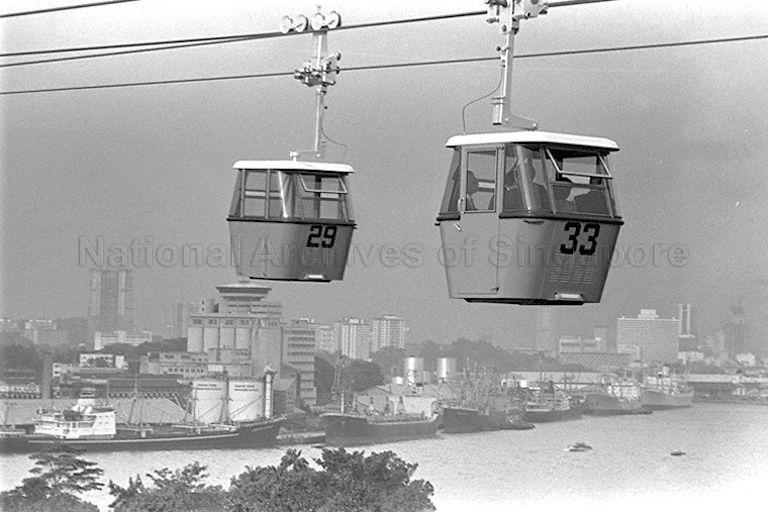 Via NAS.
Via NAS.
"The first car we tackled wasn't a problem because there was a tower to take reference from," said CPT Dennis Phua, one of the co-pilots in an interview.
"The next was difficult because it was right over the sea, and there were injured people aboard. We pilots didn't really do that much. The winchmen deserve the most credit."
Indeed, one of the winchmen, SGT Phua Kim Hai said:
"The first cable car door was jammed, and I had a lot of difficulty opening it. To make matters worse, I was swinging around a lot due to the strong winds and the helicopter's downwash."
The unstable situation wasn't the only factor.
[related_story]
According to Phua, sparking occured whenever the hoist cable touched the electrical wires above the cable cars. It caused electrical shocks whenever he touched the metal frame of the cable cars -- something he had to get used to during the mission.
Eventually, the surviving passengers were rescued at 3:31am.
47 years of search-and-rescue missions
The Republic of Singapore Air Force (RSAF) has been operating search-and-rescue (SAR) missions in Singapore since 1971.
In the early years, these missions were carried out by 120 Squadron, using older helicopters like the Alouette IIIs, the Bell 212, and the UH-1H.
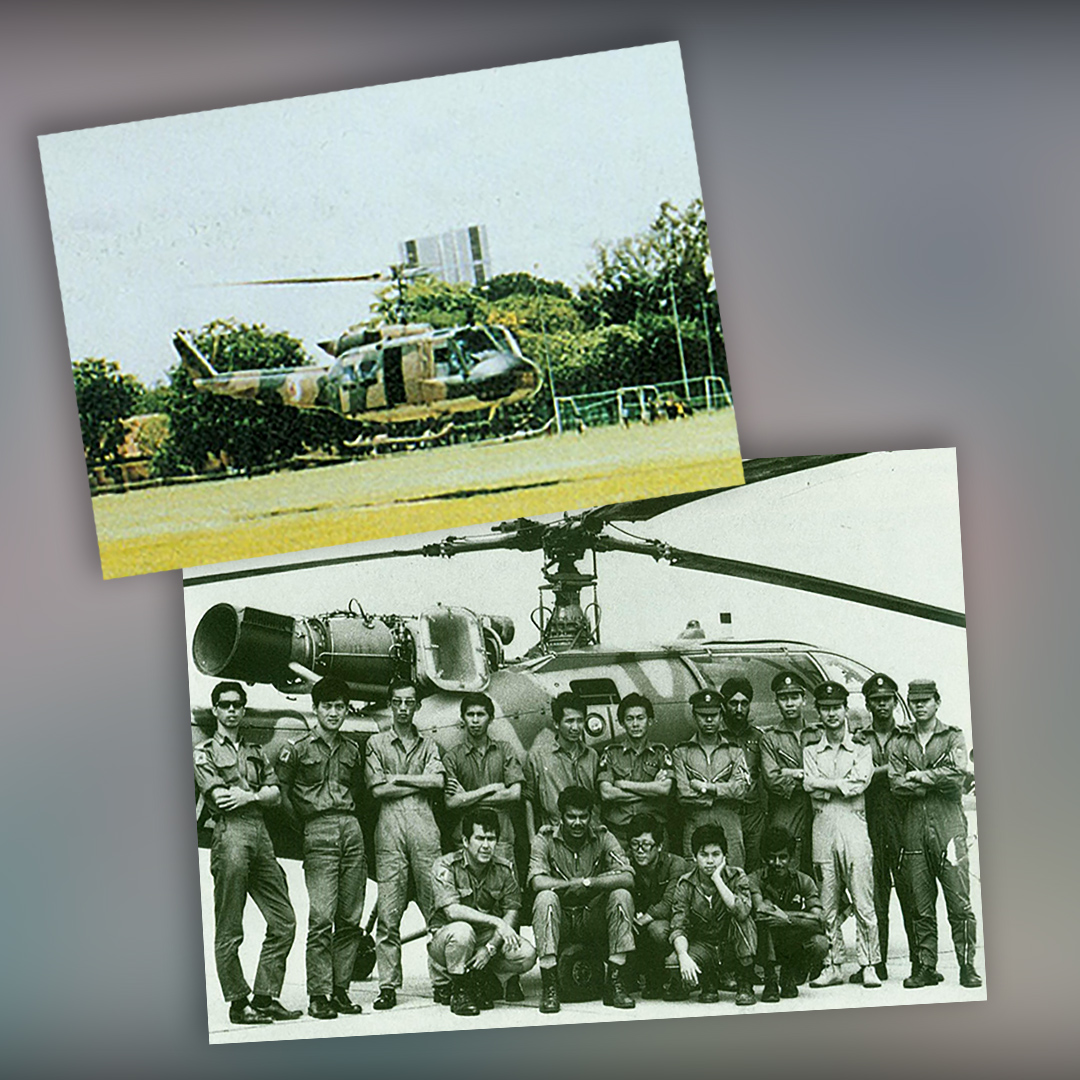 Top: The UH-1H deployed in the Hotel New World collapse in 1986. Bottom: Flood relief team deployed to Kuantan in 1971 posing in front of a Alouette III. Images courtesy of RSAF.
Top: The UH-1H deployed in the Hotel New World collapse in 1986. Bottom: Flood relief team deployed to Kuantan in 1971 posing in front of a Alouette III. Images courtesy of RSAF.
Aside from the Sentosa rescue mission, the SAR squadron has been involved in other high-profile operations, the earliest being a rescue mission to Kuantan which was ravaged by flash floods in 1971.
March 15, 1986: Hotel New World collapse
One of the most unforgettable rescue missions by 120 SQN took place in the aftermath of the collapse of Hotel New World on March 15, 1986. Deemed one of the worst civil disasters to hit post-war Singapore, the collapse of the building was attributed to "structural defects and poor-quality construction".
Code-named "Operation Foxtrot", the mission saw the deployment of one Bell 212 and two UH-1H helicopters to Farrer Park where over a course of six days, the RSAF rescue mission team conducted round-the-clock casualty evacuation.
Nurses like the late Katherine Yue would then receive the patients and rush them to the hospital for emergency medical treatment:
The pilot of the Bell 212, CPT David Tan later wrote:
"At 1840hrs, the first casualty, a young woman with crushed limbs was found. The long silent hours of waiting were finally forgotten."
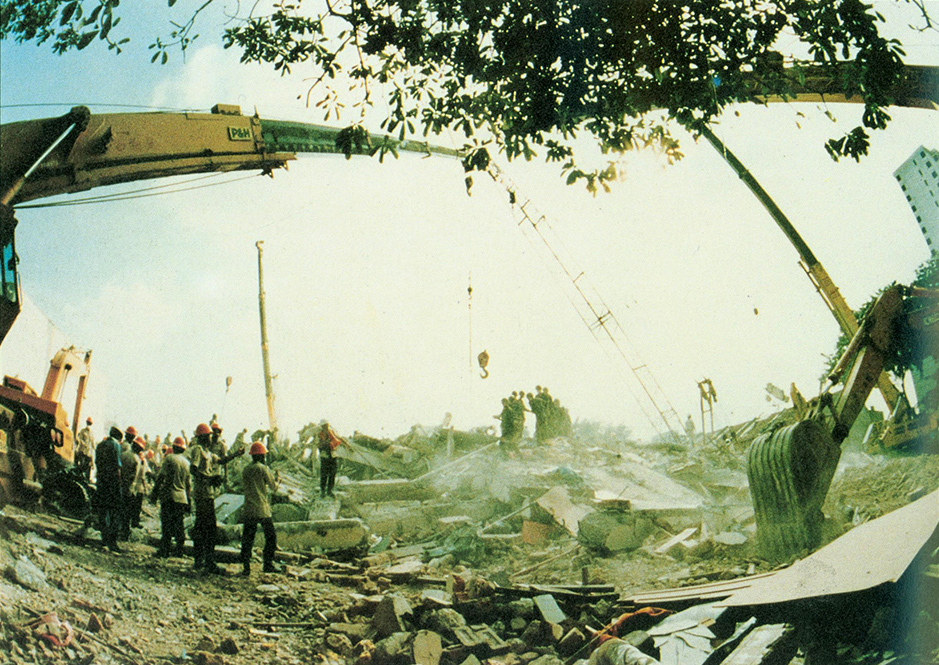 The Hotel New World carnage. Image courtesy of RSAF.
The Hotel New World carnage. Image courtesy of RSAF.
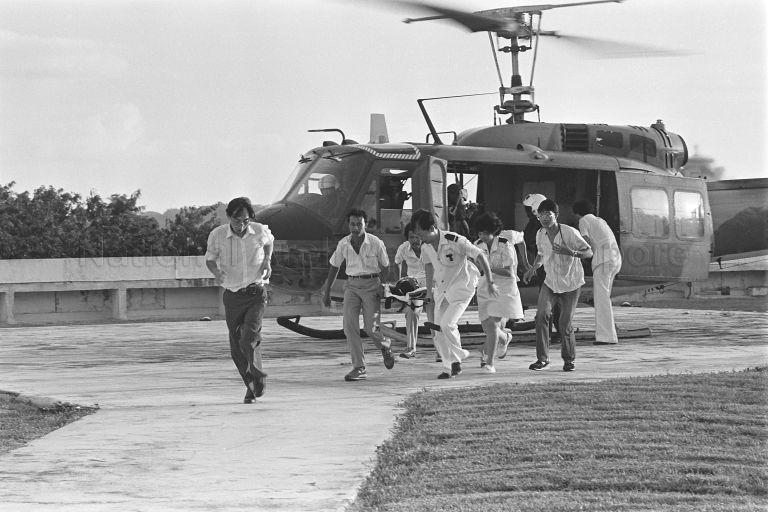 Hospital staff rushing a Hotel New World victim who was airlifted. Image via NAS.
Hospital staff rushing a Hotel New World victim who was airlifted. Image via NAS.
Throughout the whole operation, 10 survivors were evacuated to SGH by helicopter. The whole mission ended at 6pm on March 21.
A few months later in August 1986, 125 SQN took part in its first mission with brand new helicopters, the Super Pumas, to rescue a doctor who was suffering from a brain haemorrhage aboard a ship anchored near Pulau Tioman.
It achieved full operational capabilities in September 1986.
August 21, 2017: USS John McCain collision
On August 21, 2017, at 5:30am, an oil tanker crashed into an American destroyer, the USS John S McCain, in the Singapore Strait.
Within two minutes, the Maritime Port Authority of Singapore (MPA) received a distress call from the United States Navy (USN). Five sailors were injured while another 10 were reported missing.
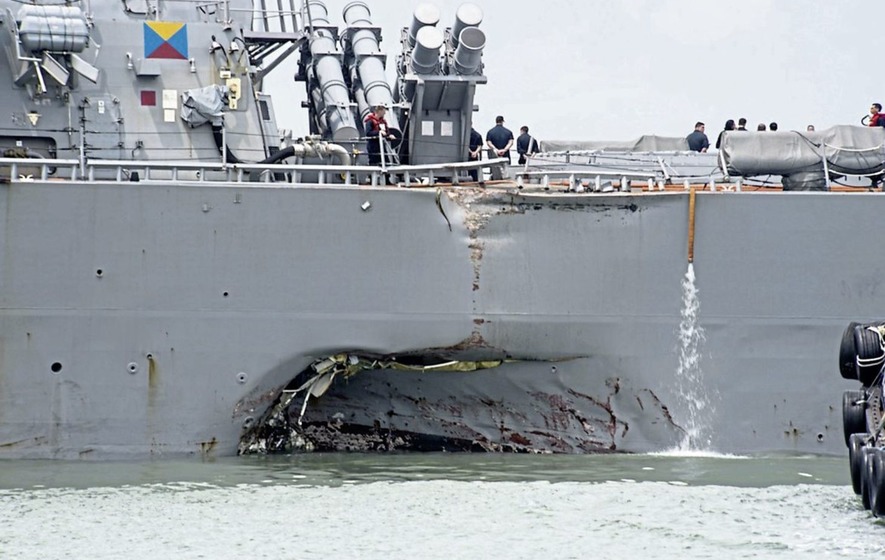 The damage sustained by USS John S McCain. Via Irish News.
The damage sustained by USS John S McCain. Via Irish News.
The RSAF activated Rescue 10 — the callsign for the Super Pumas — to deliver four injured soldiers to Singapore General Hospital (SGH) and engage in a search and locate mission for the missing 10.
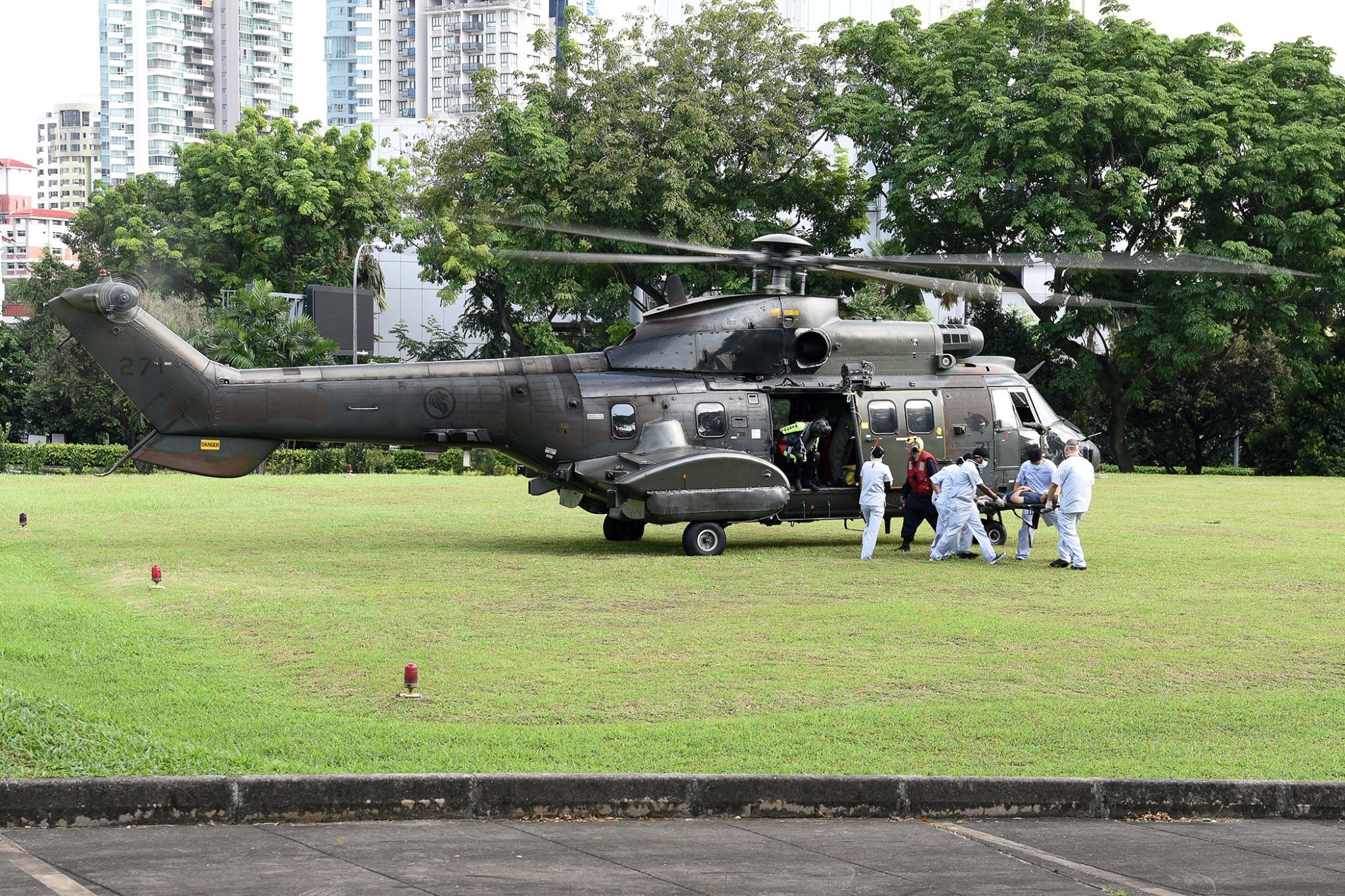 A Super Puma transporting injured sailors to SGH. Via.
A Super Puma transporting injured sailors to SGH. Via.
Aside from the Super Puma, the RSAF also deployed C-130s, Fokker-50s, and Chinooks to aid the rescue efforts. A large part of the SAR operation was scanning the open seas for signs of the 10 missing sailors.
This Channel NewsAsia article shares how RSAF personnel aboard the C-130s flew over and scanned 5,524 square km — an area spanning more than seven times the size of Singapore — as part of a multi-agency search operation.
The aircraft would fly about 500 feet above the sea for RSAF personnel to keep a lookout.
If any of the crew members spotted something unusual in the water, they would throw down marine location markers. These markers would give off smoke and flames once they touched the water.
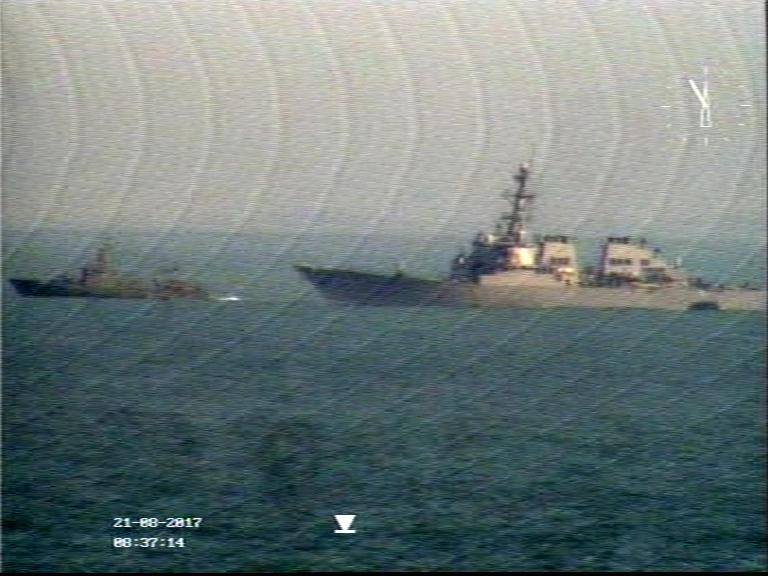 RSS Resilience escorting USS John S McCain to Changi Naval Base. Via.
RSS Resilience escorting USS John S McCain to Changi Naval Base. Via.
The remains of the missing sailors were eventually found by U.S. divers who searched the sealed and flooded compartments of the vessel.
On board a Super Puma
Fast forward about a year, Mothership was invited by the RSAF to board one of the Super Pumas that flew in the search and locate mission for the USS John S. McCain.
This Super Puma below was the one that we boarded. It was rehearsing for a six-helicopter formation that the RSAF would be deploying in celebration of RSAF's 50th anniversary in August 2018.
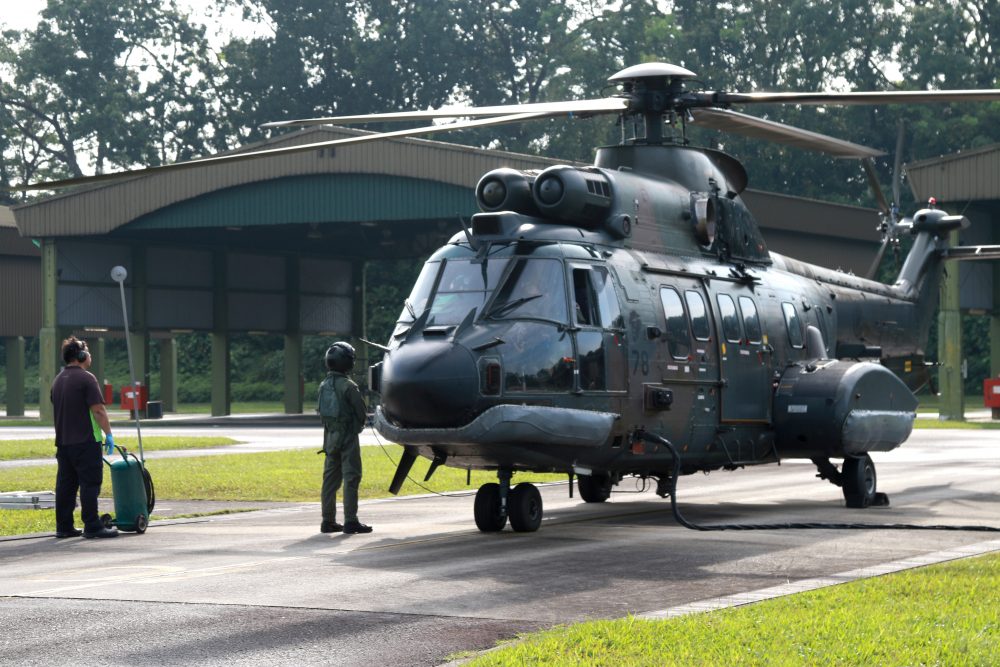 One of two Super Pumas (one from 125 SQN , the other from 126 SQN) which took us up to the skies during the rehearsal for the RSAF50 helicopter formation.
One of two Super Pumas (one from 125 SQN , the other from 126 SQN) which took us up to the skies during the rehearsal for the RSAF50 helicopter formation.
Check out the photos we took onboard the Super Puma:
Top photos courtesy of RSAF, NAS, Joshua Lee
If you like what you read, follow us on Facebook, Instagram, Twitter and Telegram to get the latest updates.
